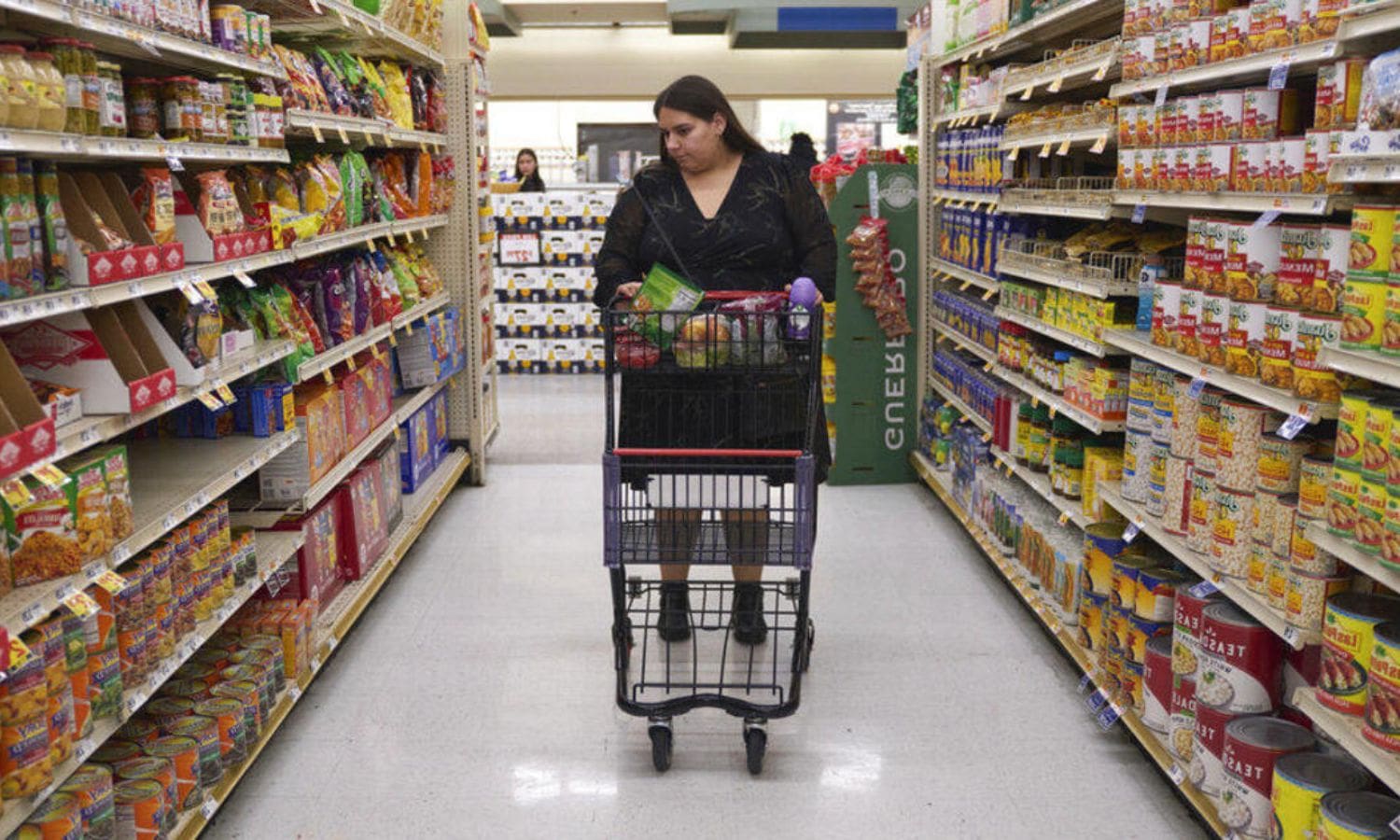Californians Spend the Most on Groceries: A recent survey has revealed that Californians top the charts when it comes to grocery spending. This finding sheds light on the impact of skyrocketing prices on monthly budgets, particularly for families in the state.
As community responses and budget-conscious habits take center stage, it becomes evident that Californians are facing the challenge of balancing their nutritional needs with the higher cost of living.
The survey results and analyze the implications for residents striving for financial mastery.
Key Takeaways Of Californians Spend the Most on Groceries
- Californians have the highest average weekly expenditure on groceries in the nation, with nearly $300 spent each week.
- The high cost of living in California, combined with the emphasis on health and wellness and the demand for a wide range of food options, contributes to the high grocery spending in the state.
- Low-income households are particularly affected by the high cost of groceries, as it puts a strain on their budgets and affects their ability to meet other financial obligations.
- Families with children spend significantly more on groceries compared to households without children, highlighting the financial challenges faced by families in meeting their dietary preferences and nutritional requirements.


Also Read: INSURE Act Tackles Natural Disaster Insurance Woes in California
California Leads in Grocery Spending:
California’s grocery spending surpasses all other states, reflecting the highest average weekly expenditure in the nation. With an average of nearly $300 spent on groceries each week, Californians clearly prioritize their food purchases.
This trend could be attributed to several factors. Firstly, California has a large and diverse population, with a variety of dietary preferences and cultural influences. This may lead to a greater demand for a wider range of food options, resulting in higher grocery spending.
Additionally, California is known for its emphasis on health and wellness, with many residents seeking out organic, locally-sourced, and high-quality food products. These types of products often come with a higher price tag, contributing to the state’s elevated grocery spending.
Moreover, California’s high cost of living may also play a role in the increased grocery expenditure, as residents may need to allocate more of their budget towards food.
Impact on Monthly Budgets:
The increasing cost of groceries in California has significant implications on monthly budgets. With an average monthly spending of close to $1,200 on groceries, Californians are feeling the strain on their wallets. This high expenditure on food not only affects the ability to save money but also impacts other essential expenses.
Families and individuals alike are finding it increasingly challenging to allocate funds for housing, utilities, healthcare, and education, among other necessities. The rising cost of groceries also puts pressure on low-income households, forcing them to make difficult choices between buying enough food to sustain themselves and meeting their other financial obligations.
Additionally, the impact on monthly budgets extends beyond the immediate financial strain, as it can lead to increased stress and anxiety about meeting basic needs. It is crucial for policymakers and stakeholders to address this issue and find solutions to alleviate the burden on Californians’ monthly budgets.


Differential Spending for Families:
The disparity in grocery spending between households with and without children further highlights the financial challenges faced by families. According to the U.S. Census Bureau Household Pulse survey, families with children spend an average of $330 per week on groceries, while households without children spend only $235. This significant difference in spending can be attributed to several factors.
Firstly, families with children often have to purchase a larger quantity of groceries to meet the needs of their growing family. Additionally, children’s dietary preferences and nutritional requirements can be more expensive to accommodate. Moreover, families with children may also have to allocate a larger portion of their budget to groceries due to the need for convenience foods or ready-to-eat meals. The table below provides a visual representation of the disparity in grocery spending between households with and without children:
| Household with Children | Household without Children | |
|---|---|---|
| Average Spending | $330 | $235 |
Community Responses and Budget-Conscious Habits:
Residents in the state are responding to rising grocery costs by adopting budget-conscious habits and seeking out deals. With the increasing prices of food, Californians are finding ways to stretch their dollars further.
For many, this means being more vigilant about expenses and actively seeking out discounts and promotions. This trend is especially prevalent among college students and individuals on tight budgets. They have become more price-conscious shoppers, carefully comparing prices and taking advantage of sales and coupons.
Additionally, communities are coming together to share budget-friendly recipes and tips on how to save money while still eating nutritious meals. Online forums and social media groups have become platforms for people to exchange ideas and support one another in their pursuit of affordable groceries.
California’s Higher Cost of Living:
California’s higher cost of living is a result of various factors, including the expenses associated with groceries, gas, and housing.
The state’s residents face the challenge of paying higher prices for essential items like groceries, which contributes to the overall higher cost of living.
Additionally, the cost of housing in California is notoriously high, with skyrocketing rents and home prices making it difficult for individuals and families to find affordable accommodation.
Gas prices in the state are also among the highest in the country, further increasing the financial burden on residents.
Furthermore, California’s tax structure adds to the cost of living, with higher income and sales taxes impacting individuals’ disposable income.
These factors combined make California one of the most expensive states to live in, affecting the financial well-being of its residents.


Conclusion Of Californians Spend the Most on Groceries
The survey reveals that Californians spend the most on groceries compared to other states. This has a significant impact on monthly budgets, especially for families who have to allocate a larger portion of their income to food expenses.
The community responses to this high grocery spending include adopting budget-conscious habits and seeking ways to minimize costs.
These findings can be attributed to California’s higher cost of living, which contributes to the overall increase in grocery prices.

